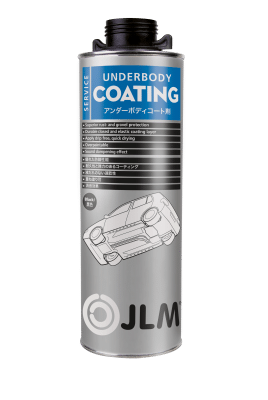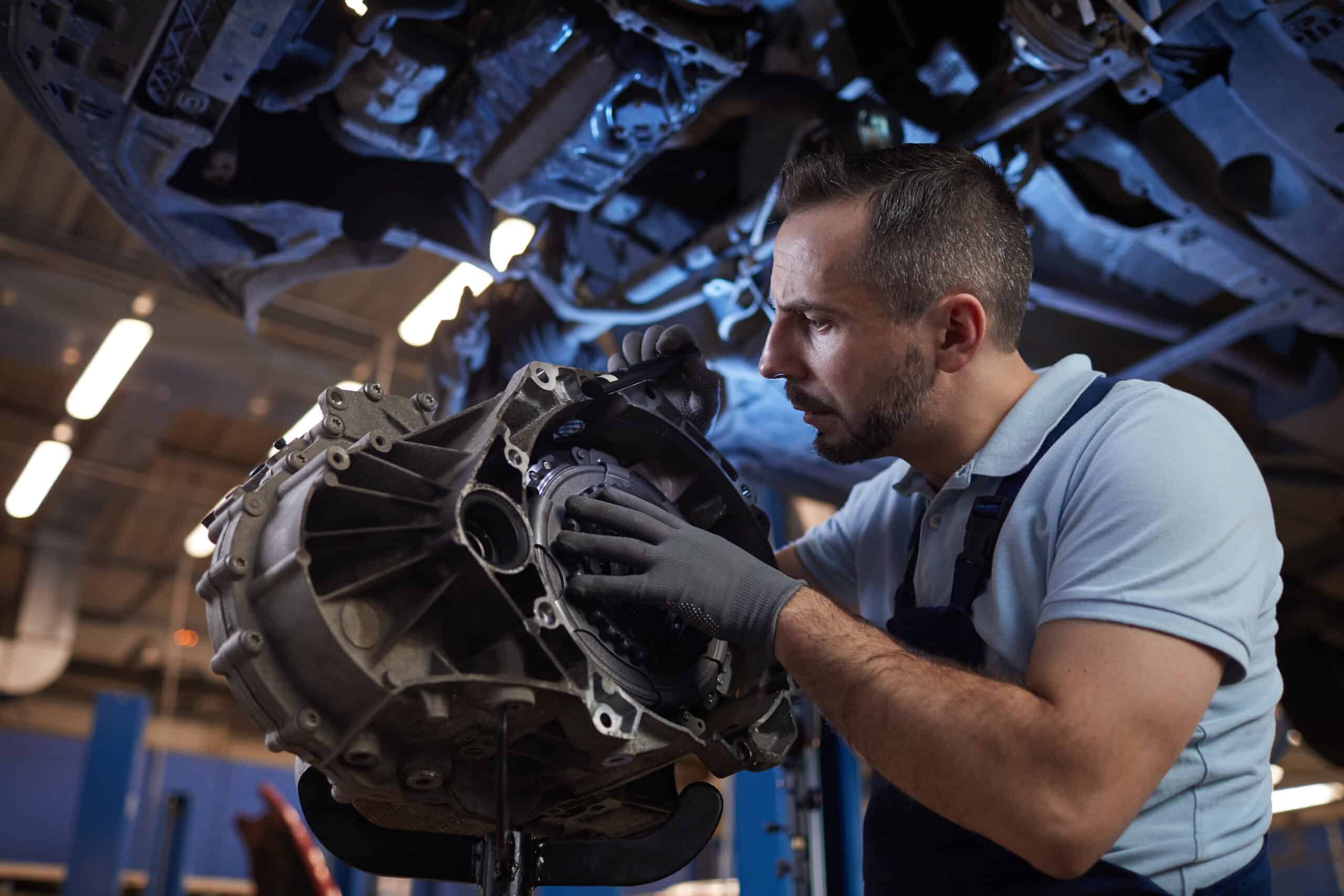JLM Underbody Coating (UBC) is based on synthetic resins and rubbers, and has been developed for long-term gravel and rust protection.
Product information
JLM Underbody Coating is a fast-drying, waterproof, resilient, oversprayable, sound-insulating and noise-reducing layer that provides protection against damage caused by chippings, such as gravel, grit salt or dirt. It also prevents rust and damage to vehicle underbody components, floor panels, wheel compartments, spoilers, doors, door sills and visible bodywork components.
JLM Underbody Coating is made from synthetic resin and hard (SBS) rubber, which means that it is durable, adheres well and dries rapidly. JLM Underbody Coating is thixotropic (pseudoplastic). This means that if you shake the can in which it is stored, the viscosity of the coating decreases, making it more liquid and therefore easier to apply by spraying. Once spraying is complete, the liquid immediately changes back into a gel. This enables it to be applied to the vehicle as a structured layer that adheres well to the underbody and forms a non-drip finish.
HOW TO USE
Use at room temperature. Stir before use. Surface must be dry and clean, free from dirt, rust, grease etc. Spray or brush an even layer on the object or surface to be coated. Recommended thickness = approximately 0,5 mm at application. Apply at least 2 layers Leave to evaporate/dry. Before overpainting allow the coating to be completely dried. Do not coat the exhaust, brake systems, or motor parts. For high corrosion protection bare metal should be treated with an anti-corrosion primer prior to the use anti gravel. Can be removed with aromatic solvents as white spirit, boiling point naphtha, xylene, etc. Application temperature 10 – 25 ºC.
Frequently
asked
questions
These are the most common questions we get from a potential distributor.



